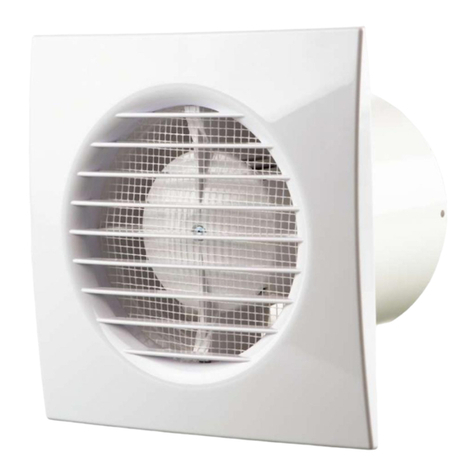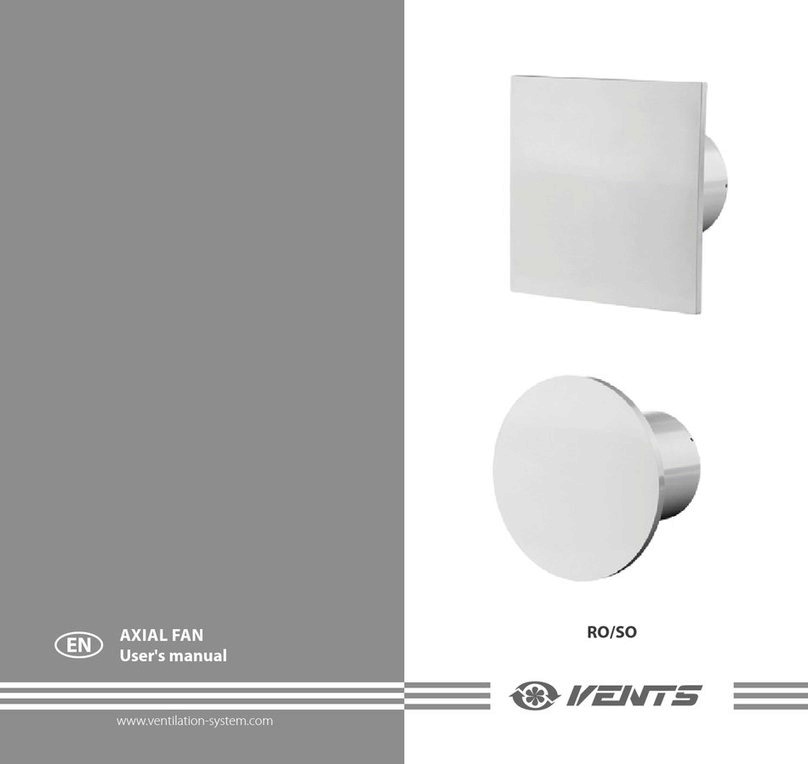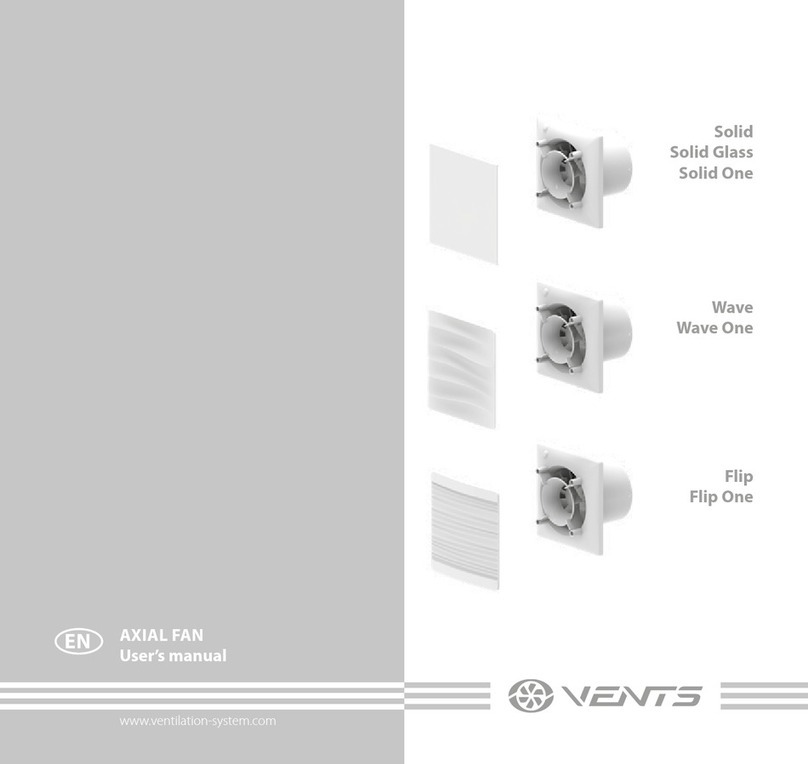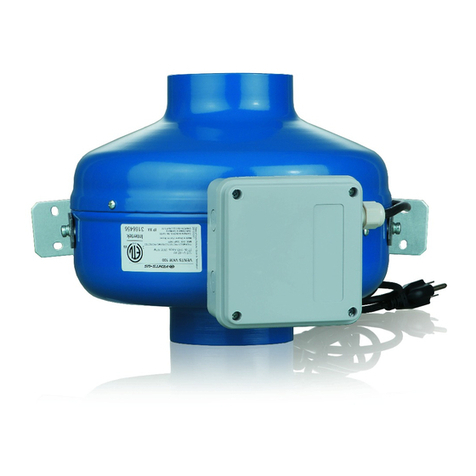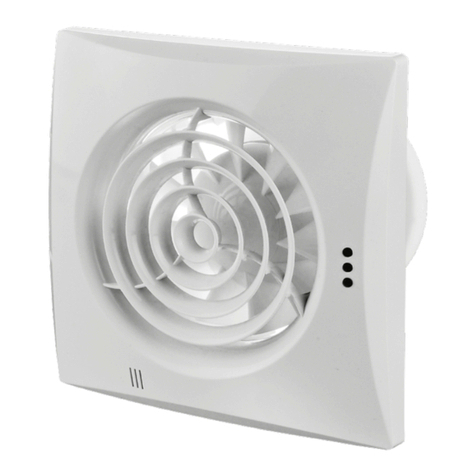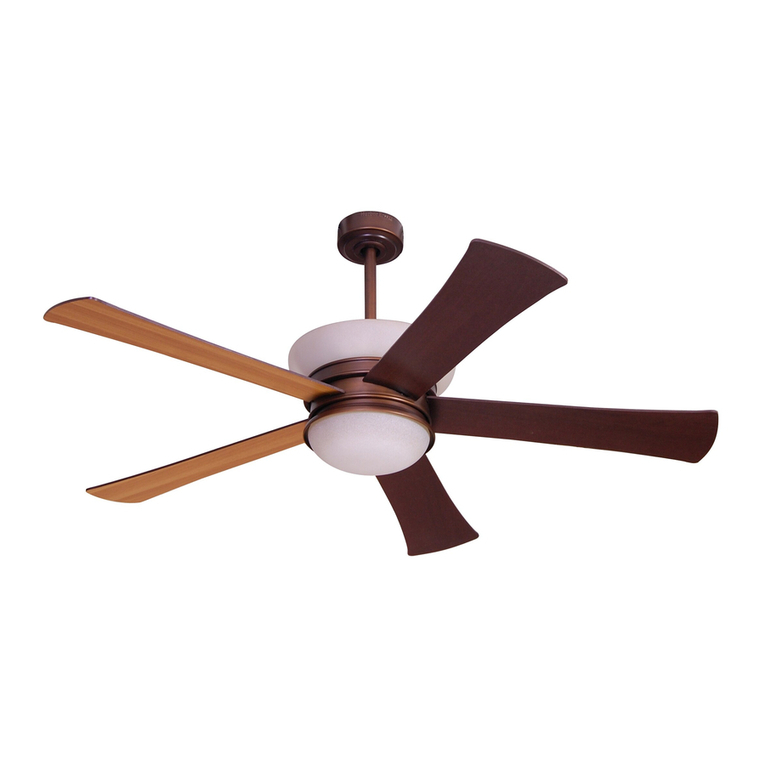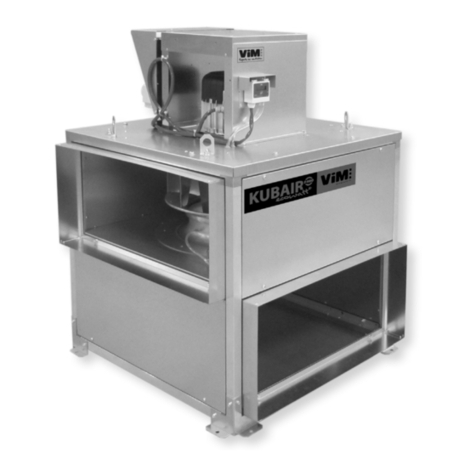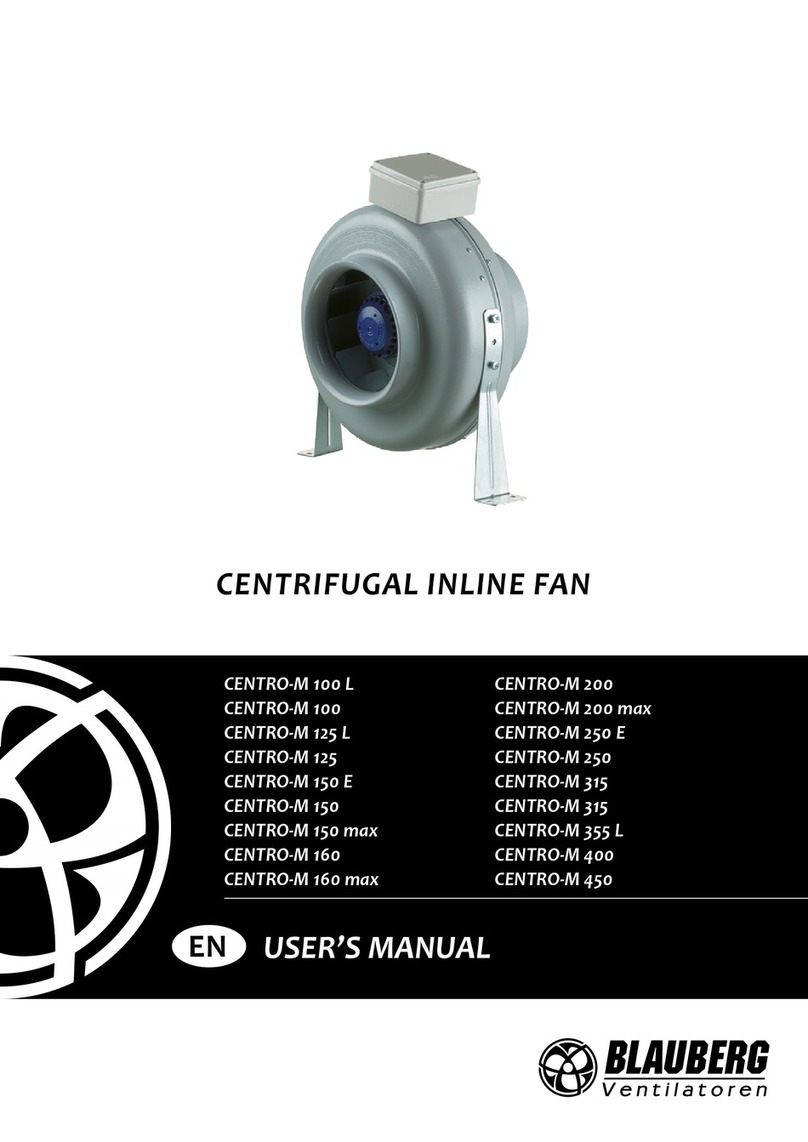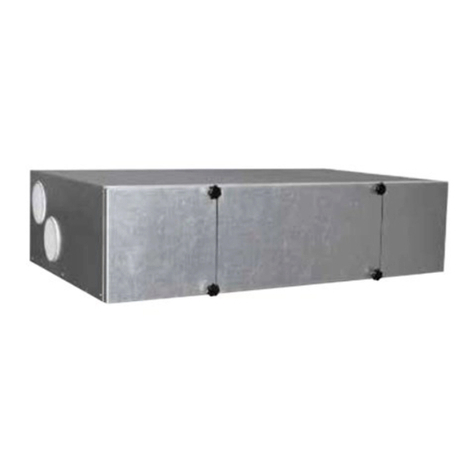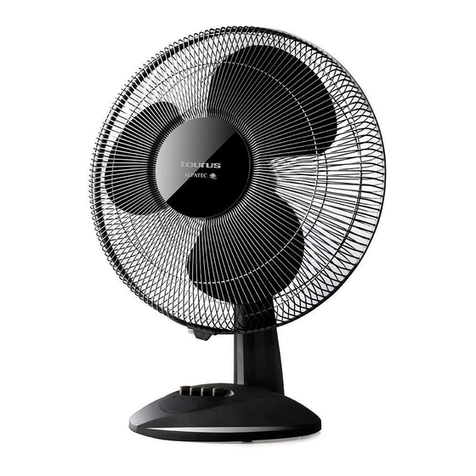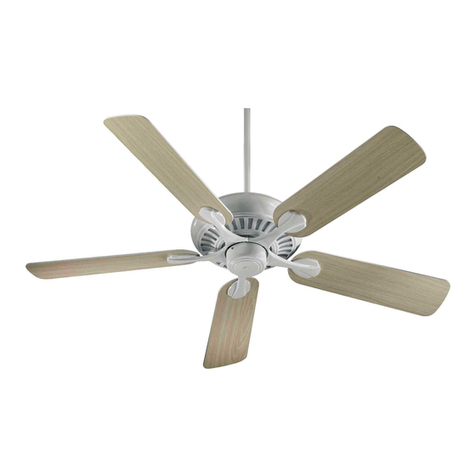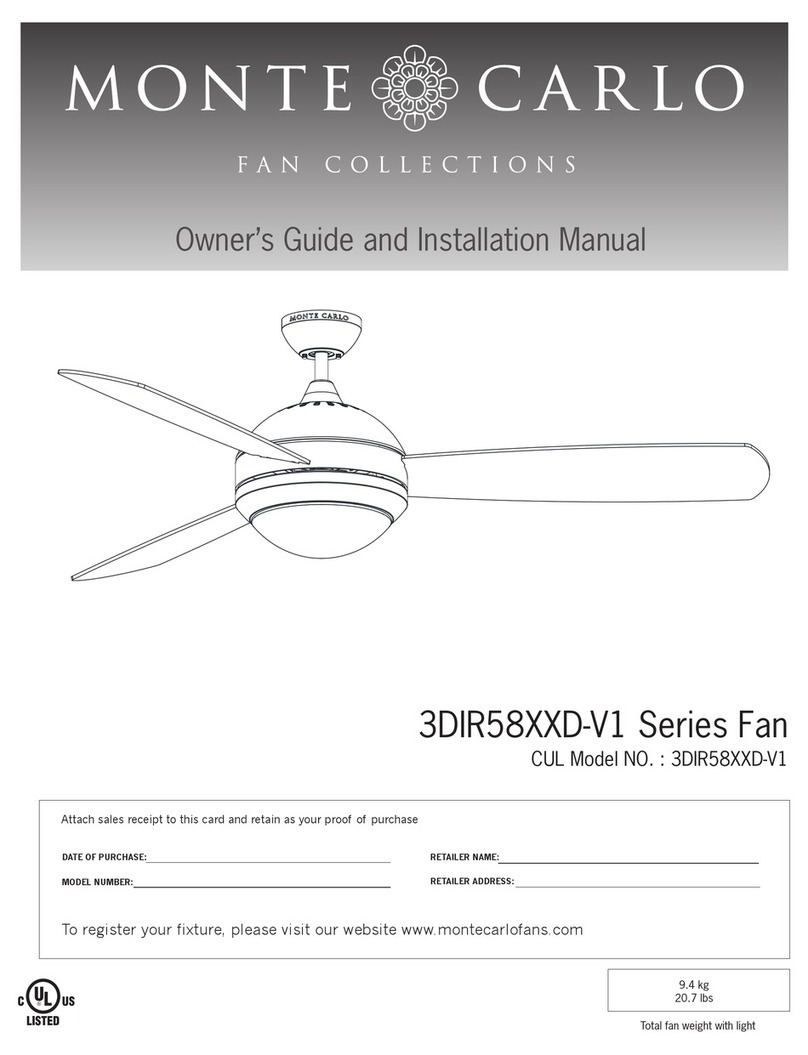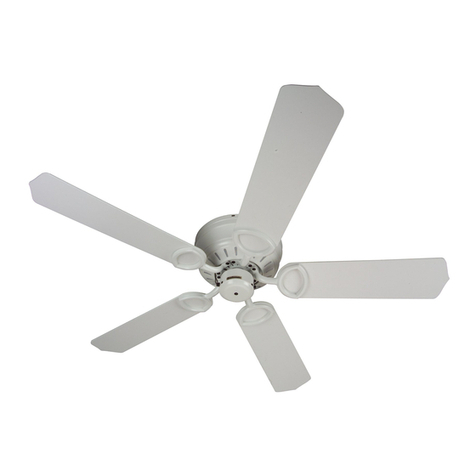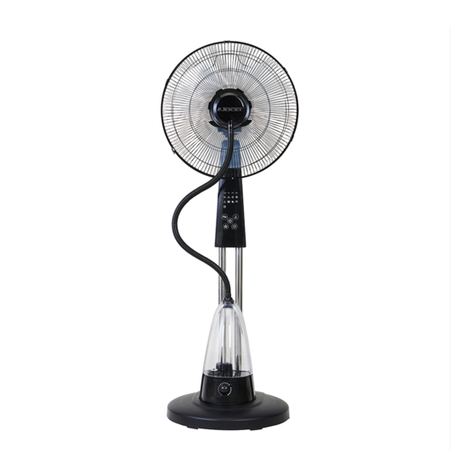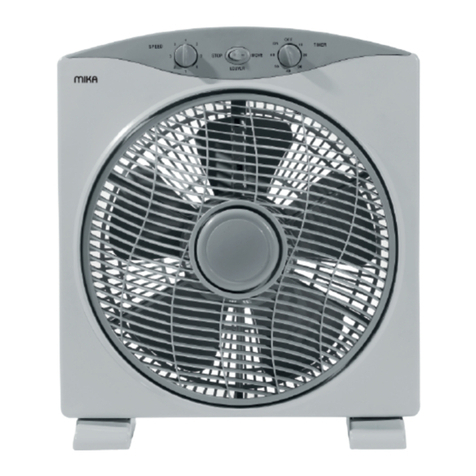
2
TwinFresh Expert RW1-50S3-13 V.2
www.ventilation-system.com
Safety requirements..................................................................................................................................................................... 2
Purpose................................................................................................................................................................................................ 4
Delivery set........................................................................................................................................................................................ 4
Designation key.............................................................................................................................................................................. 4
Technical data.................................................................................................................................................................................. 5
Design and operating principle ........................................................................................................................................... 6
Mounting and set-up.................................................................................................................................................................. 8
Connection to power mains .................................................................................................................................................. 11
Technical maintenance.............................................................................................................................................................. 19
Storage and transportation regulations.......................................................................................................................... 21
Manufacturer’s warranty........................................................................................................................................................... 22
Certificate of acceptance.......................................................................................................................................................... 23
Seller information.......................................................................................................................................................................... 23
Installation certificate.................................................................................................................................................................. 23
Warranty card................................................................................................................................................................................... 23
This unit is not intended for use by persons (including children) with reduced physical, sensory
or mental capabilities, or lack of experience and knowledge, unless they have been given
supervision or instruction concerning use of the unit by a person responsible for their safety.
Children should be supervised to ensure that they do not play with the unit.
This appliance can be used by children aged from 8 years and above and persons with reduced
physical, sensory or mental capabilities or lack of experience and knowledge if they have been
given supervision or instruction concerning use of the appliance in a safe way and understand
the hazards involved.
Cleaning and user maintenance shall not be made by children without supervision.
Children shall not play with the appliance.
Connection to the mains must be made through a disconnecting device, which is integrated
into the fixed wiring system in accordance with the wiring rules for design of electrical units,
and has a contact separation in all poles that allows for full disconnection under overvoltage
category III conditions.
If the supply cord is damaged, it must be replaced by the manufacturer, its service agent, or
similarly qualified persons in order to avoid a safety hazard.
Ensure that the unit is switched off from the supply mains before removing the guard.
Precautions must be taken to avoid the back-flow of gases into the room from the open flue of
gas or other fuel-burning appliances.
This user’s manual is a main operating document intended for technical, maintenance, and operating staff.
The manual contains information about purpose, technical details, operating principle, design, and installation of the
TwinFresh Expert RW1-50S3-13 V.2 unit and all its modifications.
Technical and maintenance staff must have theoretical and practical training in the field of ventilation systems and should be able to
work in accordance with workplace safety rules as well as construction norms and standards applicable in the territory of the country.
CONTENTS
SAFETY REQUIREMENTS

